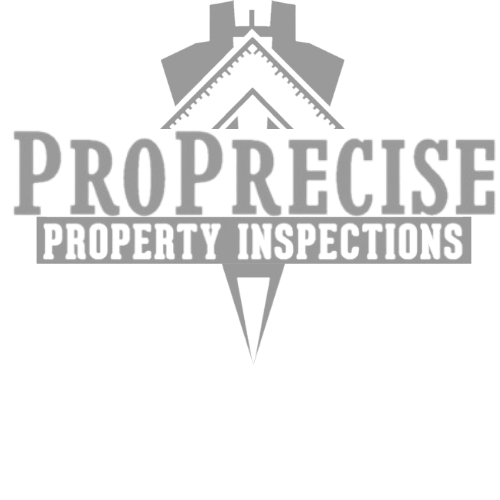SCHEDULE AN INSPECTION - CALL US
330-800-5914
Pests
Pests
Pests
WDO is the acronym for
Wood-Destroying Organism. They are pests and fungi that feed on wood and use homes as an easy target. WDOs are difficult for the untrained eye to detect because they inflict damage slowly over a number of years, making the issue easy to overlook. However, just because the wood is destroyed slowly, it does not mean the attackers should be taken lightly. WDOs cause thousands of dollars in structural damage to homes, resulting in billions of lost dollars each year in the United States. Though you may not have heard the specific term "Wood-Destroying Organism," you're likely familiar with the culprits that make up the group.
Free Estimate
Termites
There are
two varieties of termites
that homeowners have come to fear. Subterranean Termites are one of the United States' most destructive pests, robbing homeowners of more than $2 billion each year. They burrow underground and bore into the house from underneath. Drywood Termites chew on wood from the outside, laying their eggs there.
Carpenter Ants
These ants earn their name from their habits of excavating wood. They don't eat the wood but instead chew through it to use for their nests. Since their jaws are powerful for their whittling habits, they also pack a mean bite.
Carpenter Bees
Like Carpenter Ants, Carpenter Bees are aptly named. The insects feed on pollen and nectar-like their counterparts but gnaw through the wood to create galleries they use for their nests.
Wood Boring Beetles
These insects typically feed on decaying trees but will settle for the wood inside your home if given the option. They are also a significant killer of healthy trees. Since some varieties, like the Asian Long-horned Beetle, have no natural predators, and can cause substantial damage and threaten the health of Ohio's hardwood forests.
Rodents
Rats, mice, and squirrels can all do significant damage to buildings. They burrow through tiny holes to make it into your roof or attic, then chew away at anything they can find. All three use wood chips for their nests, which they're perfectly willing to get by gnawing at the wooden supports of your home.
Also, these
animals'
teeth continuously grow, so they chew on things to keep their incisors at a manageable size.
Other Mammals
The Ohio Department of Wildlife says raccoons, opossums, skunks, and foxes are all nuisance animals. Although these mammals don't typically chew away at the wood inside your home, they can still do damage as they try to burrow through as they seek shelter. They often sneak into your attic or live inside the supports of the roof and cause problems. Their droppings can become caustic and wood-destroying.
Wood Decaying Fungi
This is also called wood rot. The organism grows inside the wood itself or develops patches on the surface of the wood. The fungi produce spores that can stain, damage, and even kill otherwise healthy trees.
How Is The Inspection Performed & What Is Inspected?
WDO inspections by a licensed professional are required for FHA and VA mortgages in Ohio, as well as some loans from different financial institutions. Ohio law requires certified inspectors like those at ProPrecise Property Inspection to conduct a thorough investigation for the presence of WDOs. That includes a visual examination of all accessible areas of a building and adjacent slab areas that are susceptible to WDO attack.
The inspectors with ProPrecise will analyze the areas in and around a structure, along with the debris underneath it. As we walk through the area, we use our formal training to search for evidence of both past and current activities of WDOs. Permanently attached decks, porches, storage sheds, etc. are included in these inspections. Outbuildings or other detached structures are not routinely inspected, but ProPrecise will undoubtedly check them out if the client requests it.
For the inspection to be completed correctly, we must have access to all interior and exterior areas of the structures that we intend to analyze. We'll let you know if there is part of the structure we weren't able to access during the inspection because it was blocked off. Inaccessible areas, such as inside walls, beneath the carpet, or other floor coverings, etc. will not be listed.

